We discover 10 things to do in Bari, the capital of Puglia. A place to discover at the weekend among good food, sunny beaches, long walks and enchanting evenings.
What are the things to do in Bari? A place that captures not only the eyes of tourists, but also the palate, with its street food and typical restaurants.
The things to do in Bari are endless. Visit its labyrinthine historic centre, Barivecchia. The Basilica of San Nicola, a favourite destination for pilgrims.
Visit the Murattiana area characterised by beautiful 19th-century buildings and a long pedestrian street full of shops.

Things to do in Bari? Here are 10 you absolutely cannot avoid
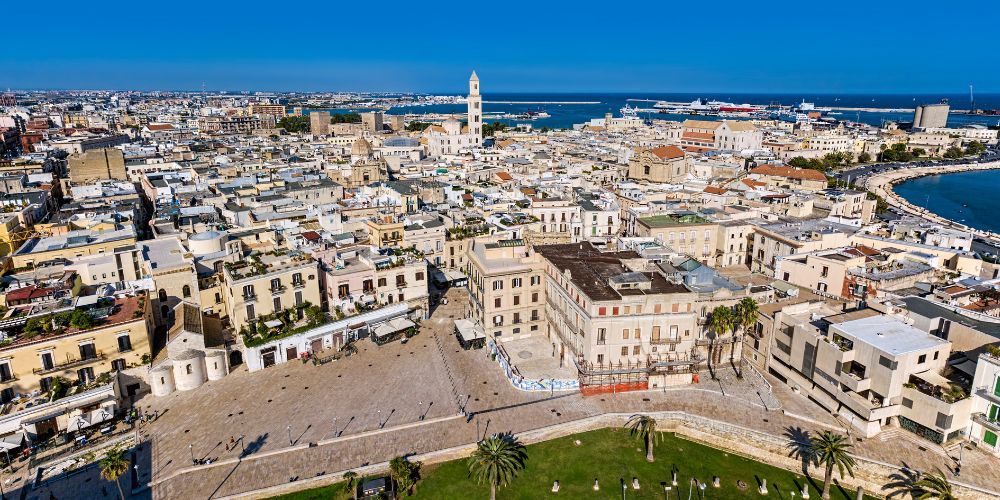
It's true that sometimes there isn't enough time, but there are places you mustn't miss if you decide to know the 10 things to do in Bari and absolutely visit its most typical sights, monuments and places.
There are many places to visit and things to do in Bari, some are out in the open, others are all discoverable, but there are definitely many you won't want to miss while you're here.
Here are 10 things to do in Bari, ten useful tips for those who want to get a quick overview of some of the most beautiful and unique places, and in many cases visit this beautiful seaside city, the wonderful and popular capital of Puglia.
10. Things to do in Bari: Walking and Cycling Tours
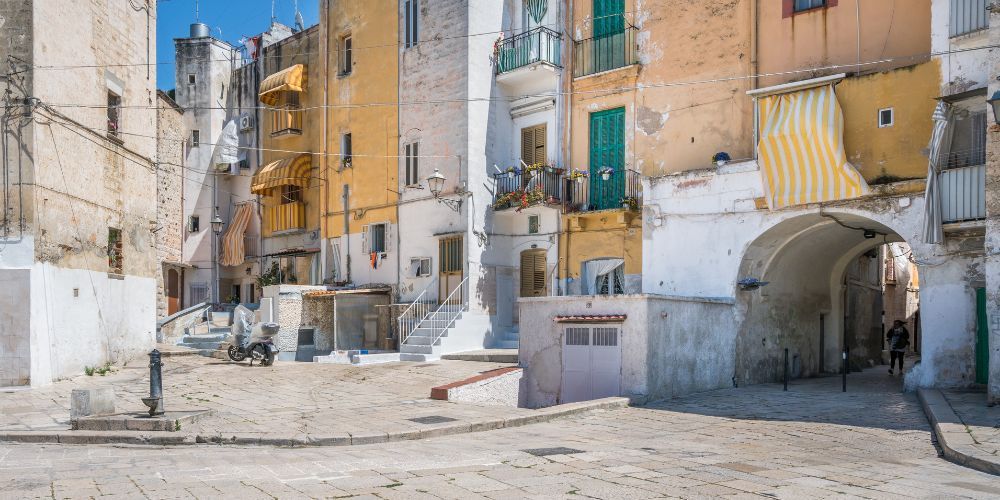
Among the things to do in Bari, choose to discover the old town and opt for a walking or cycling tour through the wonderful alleys. Your expert guide will explain and tell you all the curiosities of this charming town in English and Italian. You will have the chance to see Bari women making handmade pasta in the narrow alleys that lead you to the Basilica of San Nicola, the cathedral of San Sabino and the Swabian castle. The tour will continue to the shopping district, the modern French part of the city. Here you can admire the opera house and the world-famous fish market. You will not miss the opportunity to taste typical local dishes and, why not, fresh fish.
Reserve your Walking or Cycling Tour now!9. Bike rental: things to do in Bari
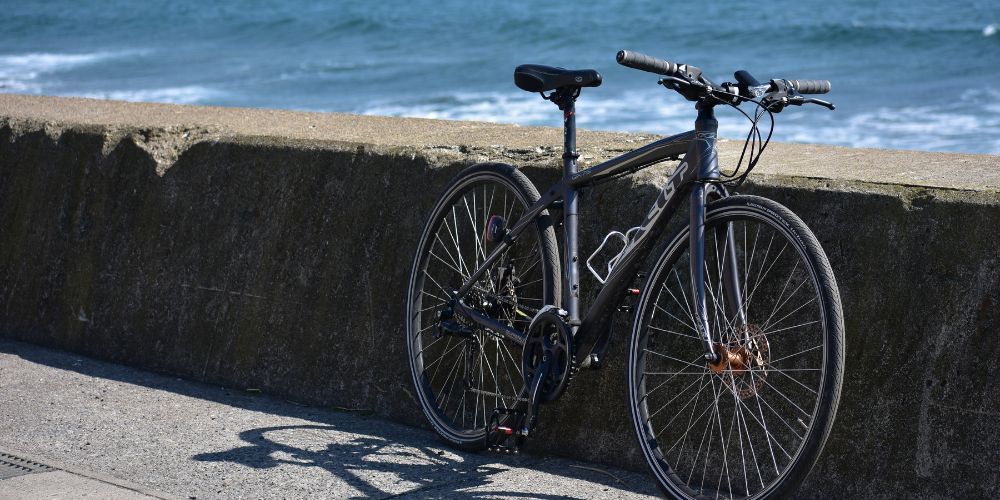
If you are an old-fashioned hiker and you like to decide where to go and what to do in Bari, then our advice is to rent a bike. Pedal freely around the city, head to other towns and breathe in the fresh air. Don't exclude the possibility of moving around independently among the beauties that these flat places have to offer. You choose your own itinerary.
Reserve your tickets for Bike Rental!8. St Nicholas Basilica and Crypt: Guided Tour
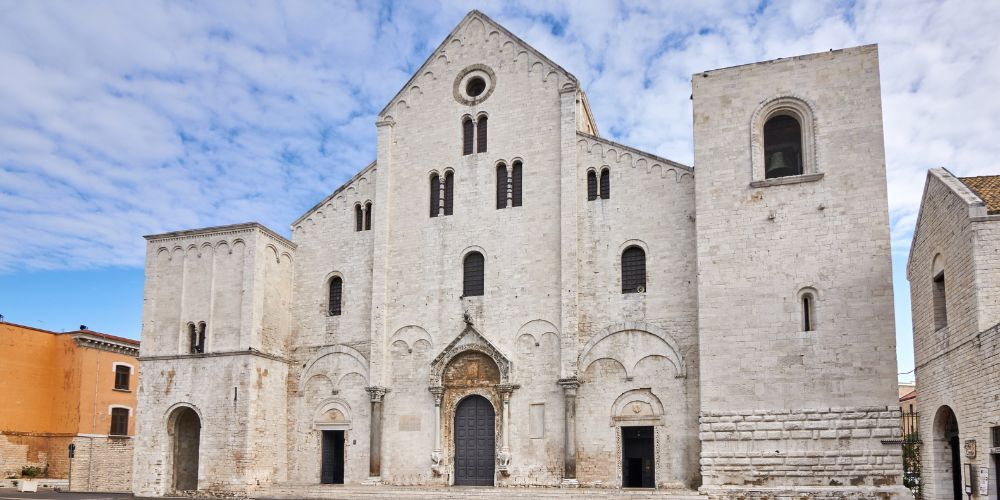
Visit the Basilica of St Nicholas, the undisputed symbol of this town. Did you know that St Nicholas is buried here in the crypt? More importantly, did you know that St Nicholas is the real Father Christmas? What are you waiting for to book your guided tour, ready to tell you all about this place in three languages, Italian, English and French. This impressive Romanesque church with its white walls dominates the square of the same name and thanks to the guide you can discover its history and architectural secrets.
Reserve your Saint Nicholas Basilica and Crypt Guided Tour now!7. Simi Palace: Guided tour
Palazzo Simi is located on Strada Lamberti, in the historical centre, corresponding to the old quarter of 'San Gregorio degli Falconi'. The historical home of the Simid Burzis family, the palace has a very distinctive architectural façade that reflects the typical style of palaces that were particularly prevalent in the city in the 16th and 17th centuries. The interior and surroundings of the late Renaissance building are a privileged vantage point for viewing the underground city. A series of layers and structures have been anchored beneath the historic centre since ancient times. Various excavations in the basement of the palace have uncovered an interesting archaeological area with rich stratification, classifiable in the period from the 1st century AD to the Middle Ages. Completing the rich archaeological stratification of the castle's subsoil are the remains of Roman masonry on which the foundations of the Byzantine church rest directly. Book your visit to Palazzo Simi and don't forget to also select the underground city option among things to do in Bari.
Reserve your Simi Palace Guided Tour now!6. History and Culture of Bari: Walking and Cycling Tours
We offer another walking or cycling tour to learn more about the history and culture among the things to do in Bari. Discover castles, taste artisanal ice cream and visit beaches on this epic city tour. With its huge university, opera house and vibrant nightlife, you're in a city worth exploring. Join an expert guide on foot or by bike to enjoy real history and culture and, of course, artisanal ice cream! Stroll along the sunny waterfront and past the lively squares. Admire the Roman ruins, the Basilica of St Nicholas and the crypt. With this option you can select visits to 2 museums and the 12th century Norman-Swabian castle built by the Normans. What is included in the package? English- and Italian-speaking guide during the tour. Entrance tickets to 2 selected museums. Tasting of homemade ice cream. Urban style bicycle hire (if selected). Luggage storage.
Reserve now your Walking or Cycling Tour of the History and Culture of Bari!5. Lungomare Nazario Sauro and Lungomare Araldo di Crollalanza
An undisputed symbol of the city that, at 16 kilometres, represents the longest coastal road in Italy. We are talking about the Lungomare (seafront promenade), a work of fascism that, however majestic and beloved, kept the Apulian capital away from the Adriatic Sea for almost a century. It was built between 1926 and 1932 at the behest of the Podestà of Bari and the Minister of Public Works, Araldo Di Crollalanza. It stretches along seven districts and changes its name according to the district it passes through. The Nazario Sauro promenade runs alongside the Pinacoteca Provinciale (Provincial Art Gallery) until it reaches Piazza Diaz, connecting it with the Perotti promenade. Bari's wide coastline includes several city arteries, including the most famous streets: Imperatore Augusto, Araldo di Crollalanza and Nazario Sauro. From there you can see majestic palaces and buildings, some of which were built after the road was liberated. An artery enriched by 197 iconic iron lanterns and many benches from which to admire the blue of the sea that fades and blurs into the sky in the distance.
4. Pane e Pomodoro beach
Pane e Pomodoro is the name of a famous beach in Puglia's capital city. The beach, which is free, is open to anyone who wants to lie down and sunbathe after a walk along the Bari seafront or after a dip. Yes, because Pane e Pomodoro Beach has everything you need for fun. There is sea, sand, rocks, gardens, wooden platforms, gravel and play areas. Not to mention countless services. Indeed, there is no shortage of bars, toilets, showers, lifeguards and support staff for bathers. But the most interesting thing is that all this is just a stone's throw from the centre. Among the things to do in Bari, a dip in the sea at the Pane e Pomodoro beach should not be missed.
3. Things to do in Bari Vecchia
The historic centre, more commonly known as 'Bari Vecchia', is a pleasant discovery for both tourists and locals living elsewhere in the city. Bari vecchia is a maze of alleyways often underestimated and a victim of past prejudices, but today it is a powerful cultural redemption, not least because it houses the relics of the world's most revered saint, St Nicholas. The richness of the old city, the people who live there and the smells in the air have made it possible to erase from memory the fear that it was dangerous. Today, we can strongly affirm and must revalue the oldest part of Puglia's capital as the centre of the city. Definitely a hub of cultural and experiential activities for tourists. In addition to the many churches in the historic centre, mainly the Basilica of San Nicola and the Cathedral of San Sabino, the oldest part has a magnificent medieval castle, the longest beach in Italy and much, much more. There is no shortage of good food, such as the 'orecchiette street'. Are you ready to start this discovery tour of Bari Vecchia? Let's go!
2. St Anthony's Fort and Pier
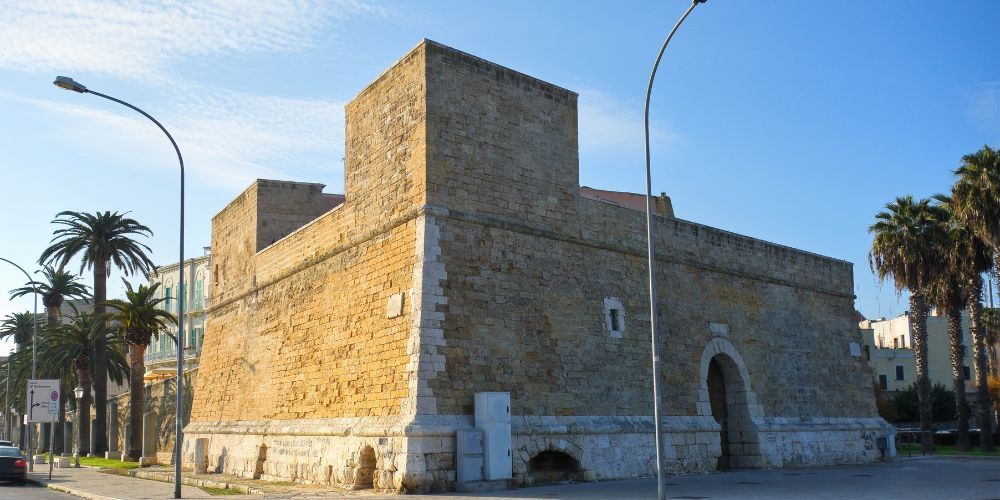
According to tradition, it was built by the captain of a ship, who, during a storm, made a vow to the saint promising to build a church on the exact spot where it touched dry land. Probably built in the 12th century, it was already attached to the fortress to protect the port in 1269. It has a basilica shape and has preserved its original construction, with the exception of the dome, which collapsed at an unspecified time and was replaced by a barrel vault. It consists of a nave, bordered on one side by an apse, and two aisles. Four columns and four pilasters flank the three plinths; of the four central columns, the two closest are octagonal and the other two rectangular. A contemporary document records that already in 1478 the church was deconsecrated and used as a building site and warehouse. Here, in the same year, the wealthy merchant Simone Caccetta again built a large ship with a crew of 160 men, and it was also at this quay that in 1530 Giovanni Vetturi ceded the city to Fernando de Alarcon, Charles V's vicar.
1. Basilica Cathedral of San Sabino
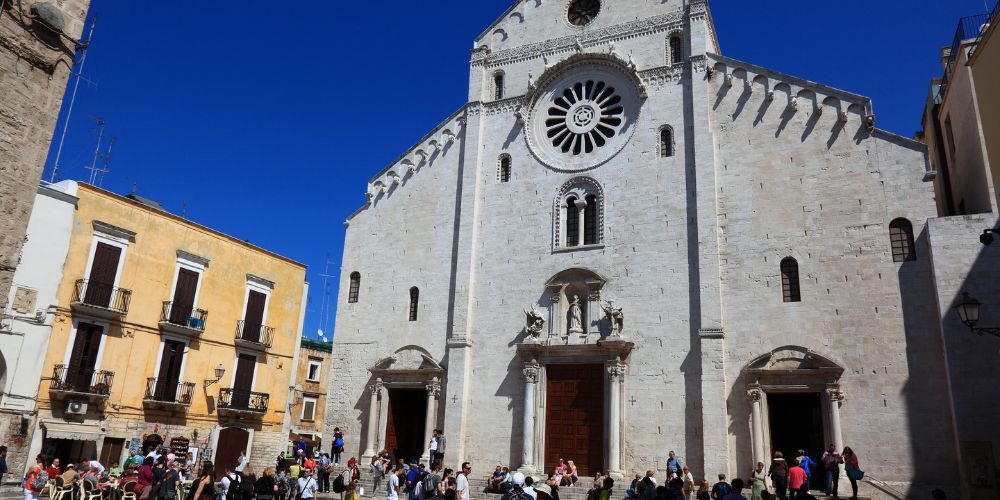
One of the most brilliant examples of Apulian Romanesque architecture, a must-see in Bari. Built on the ruins of a Byzantine cathedral destroyed by the Norman William the Bad in the 12th and 13th centuries. The cathedral has a limestone façade decorated with small arches, pilasters and a rose window. The transept ending with the rose window, the mullioned windows, the former baptistery turned into a sacristy, called the trulla, and the high bell tower are all remarkable. The interior of the three bays, from which the Baroque plaster was removed in the early 20th century, has a solemn and harmonious effect and is modestly decorated with elements carved in exposed limestone. On the day of the summer solstice, 21 June, an unusual phenomenon can be observed in the cathedral. At around 5 p.m., the sun's rays penetrating through the 18 segments of the rose window in the façade blend perfectly with the petals of the rose decorating the floor of the nave. Under the transept is a crypt containing the icon of the Madonna Odegitria, to whom the church was anciently consecrated, and the remains of St. Sabinus and St. Columba. Next to the crypt, in the succorpo, we can see mosaics and frescoes, where elements of an ancient Byzantine church coexist with Roman ruins.
About the author
Written on 18/01/2024

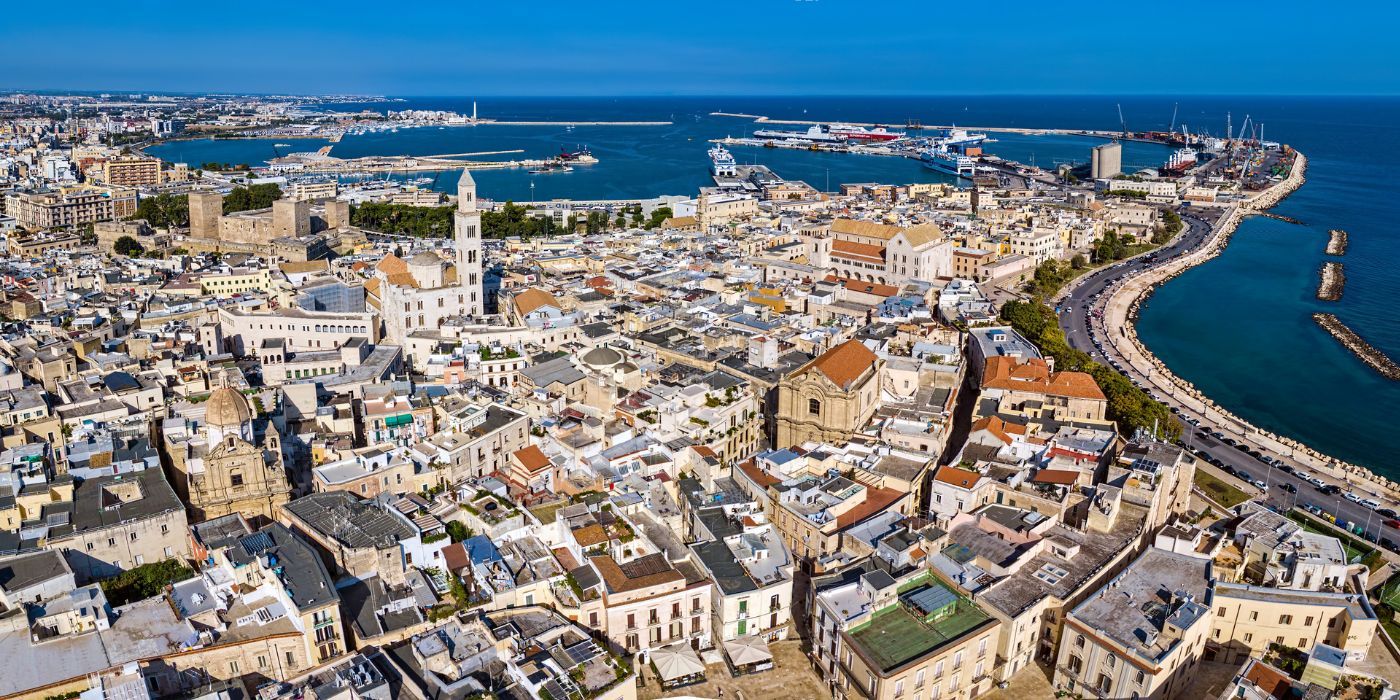

Simone Spolitu
What are the best things to do in Bari? We at Visit Italy have selected 10 of the must-see attractions in 2024.